The shortlisted entries have been chosen for the Royal Observatory Greenwich’s Astronomy Photographer of the Year competition. From stunning sunsets on Mars to spectacular views of Saturn and stellar nurseries, these photos will transport you across the cosmos.
This is the 13th running of the annual contest, organised by the Royal Observatory Greenwich in association with BBC Sky at Night Magazine. The winning images will be announced at a special online ceremony on September 16, 2021, and then put on display at the National Maritime Museum, alongside a selection of exceptional shortlisted images. Here’s a selection of our favourite shortlisted candidates.
Comet NEOWISE over Stonehenge
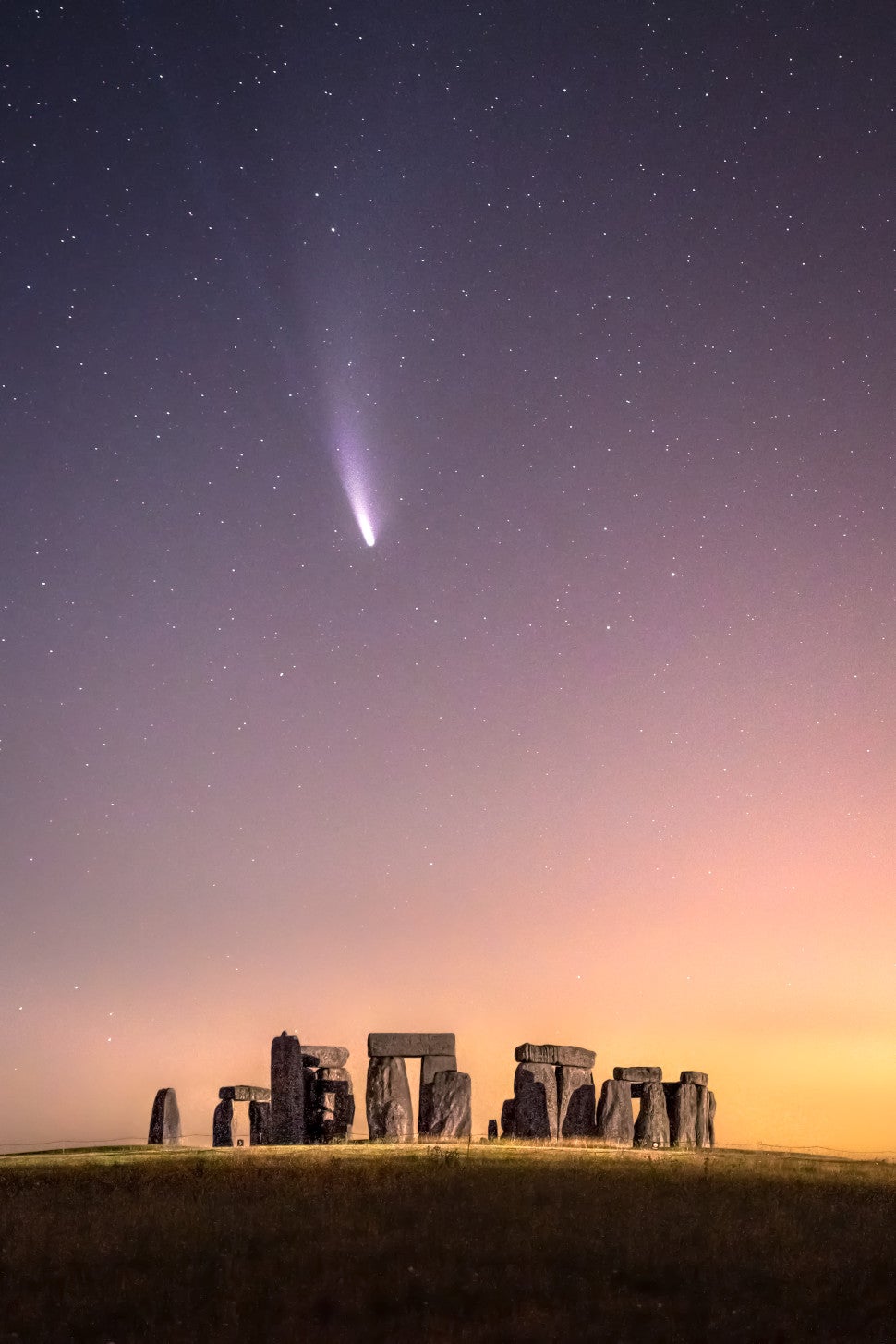
Comet NEOWISE paid our inner solar system a visit last year. Here it is shown above Stonehenge in the UK — a site that didn’t exist when the comet last came through some 6,800 years ago (Stonehenge was built about 5,000 years ago).
Bicolor Veil Nebula

Called the Veil Nebula complex, this is the remnant of a giant supernova explosion. This image was captured by a camera mounted to a SkyWatcher Newton telescope.
Luna Park
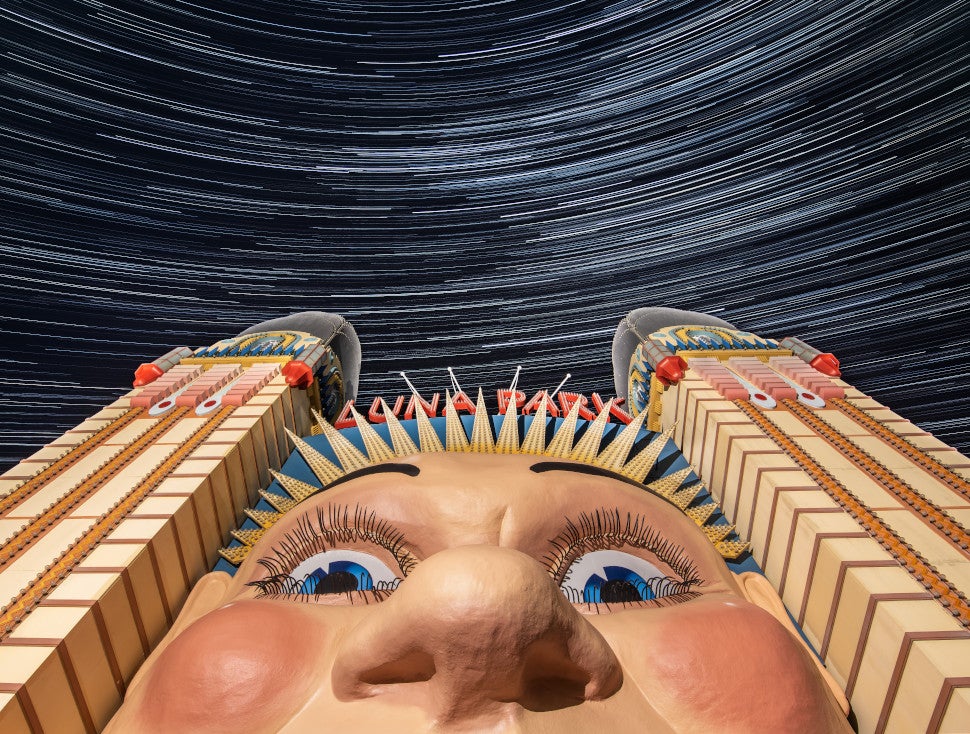
Thousands of frames were required to produce this shot, showing streaks of stars set behind the iconic entrance to Luna Park in Sydney, Australia.
Martian Sunset

NASA’s Curiosity rover captured this sunset on Mars, but photographer John White from the UK managed to find this sequence among the nearly 390,000 images tucked away in the Mars Curiosity raw archive. He then filtered the images to produce the lovely set you see here.
Saturn at its Best

Saturn, as imaged from a ground-based telescope on July 217, 2020. The planet’s bands are clearly visible, including the south polar hexagonal region.
Dolphin Head Nebula

An incredible view of the Dolphin Head Nebula, revealing a celestial bubble carved by interstellar winds and other forces. The bright star at centre, a Wolf-Rayet star, is responsible for the feature. This image was taken by a camera mounted to an ASA 500N telescope.
Sunrise of the Magic City
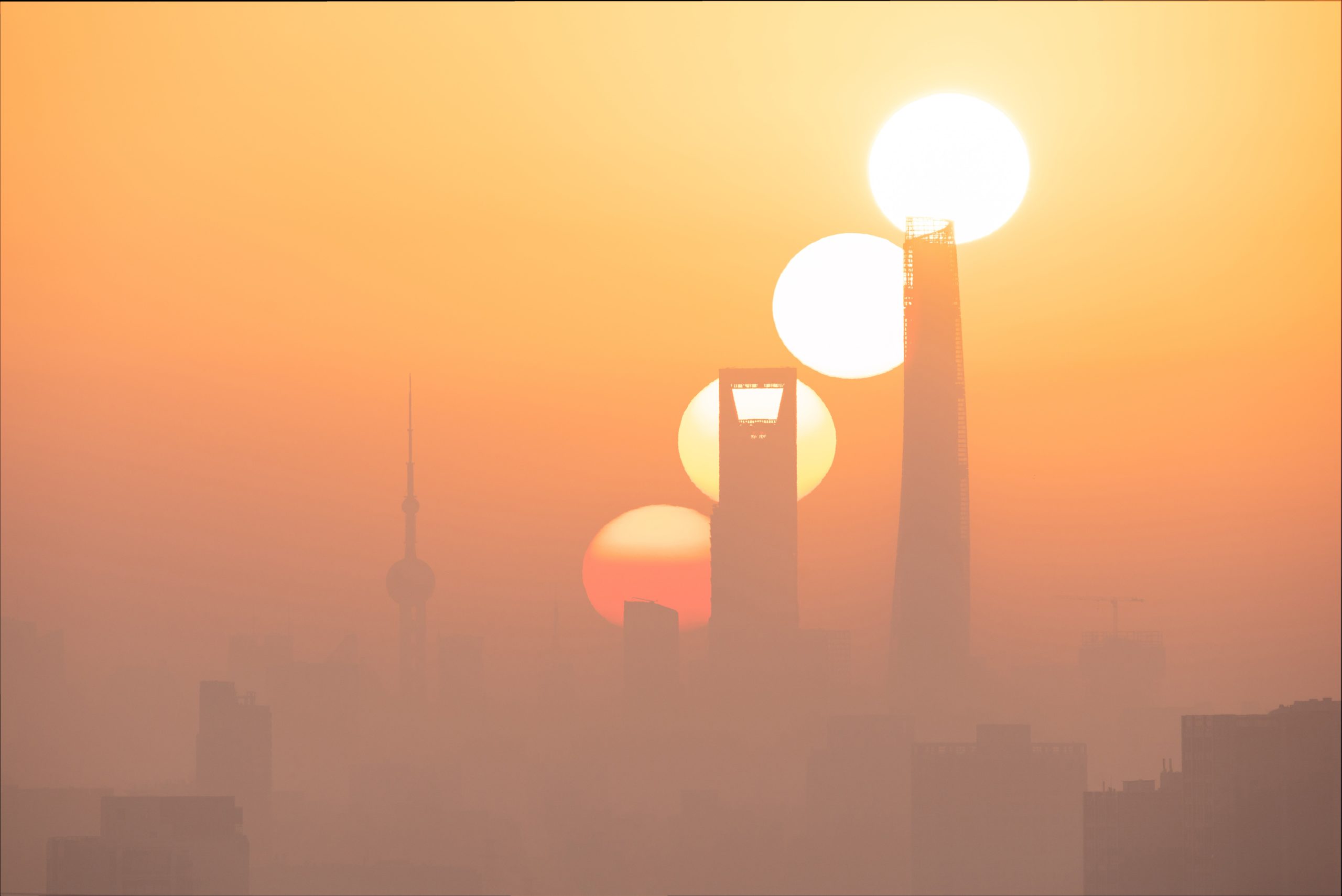
A smoggy view of Shanghai on the morning of February 7, 2021.
Sunspot Looking Out Into Space
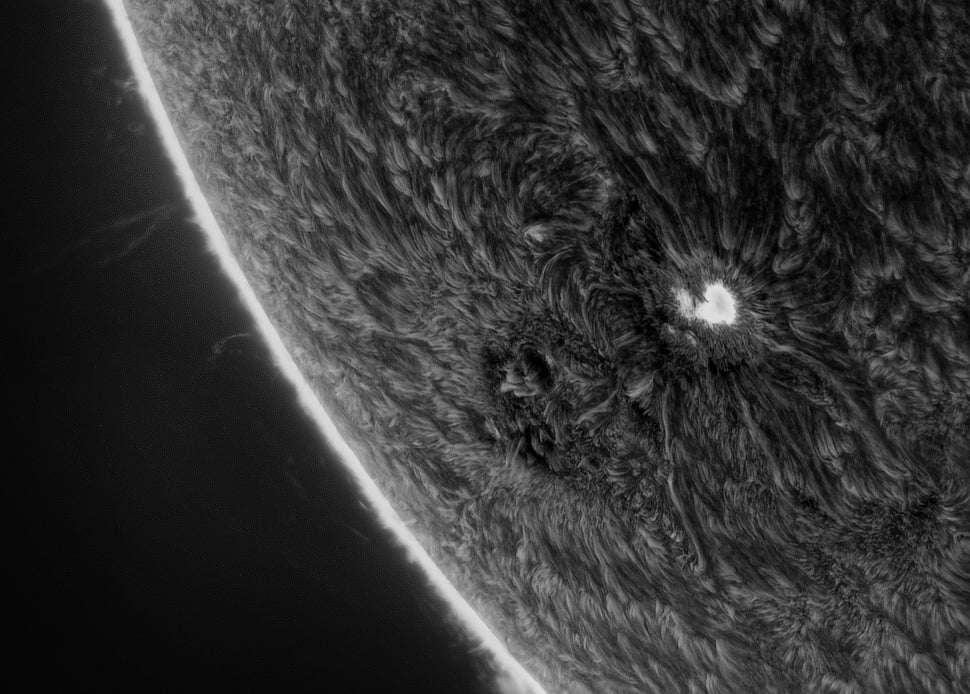
An incredible view of a sunspot, and its associated plasma. Imaged with a hydrogen-alpha filter, it’s made up of multiple frames stacked together and adjusted with imaging software. The inverted view heightens the contrast.
The Exceptionally Active Ion Tail of Comet 2020F8 SWAN
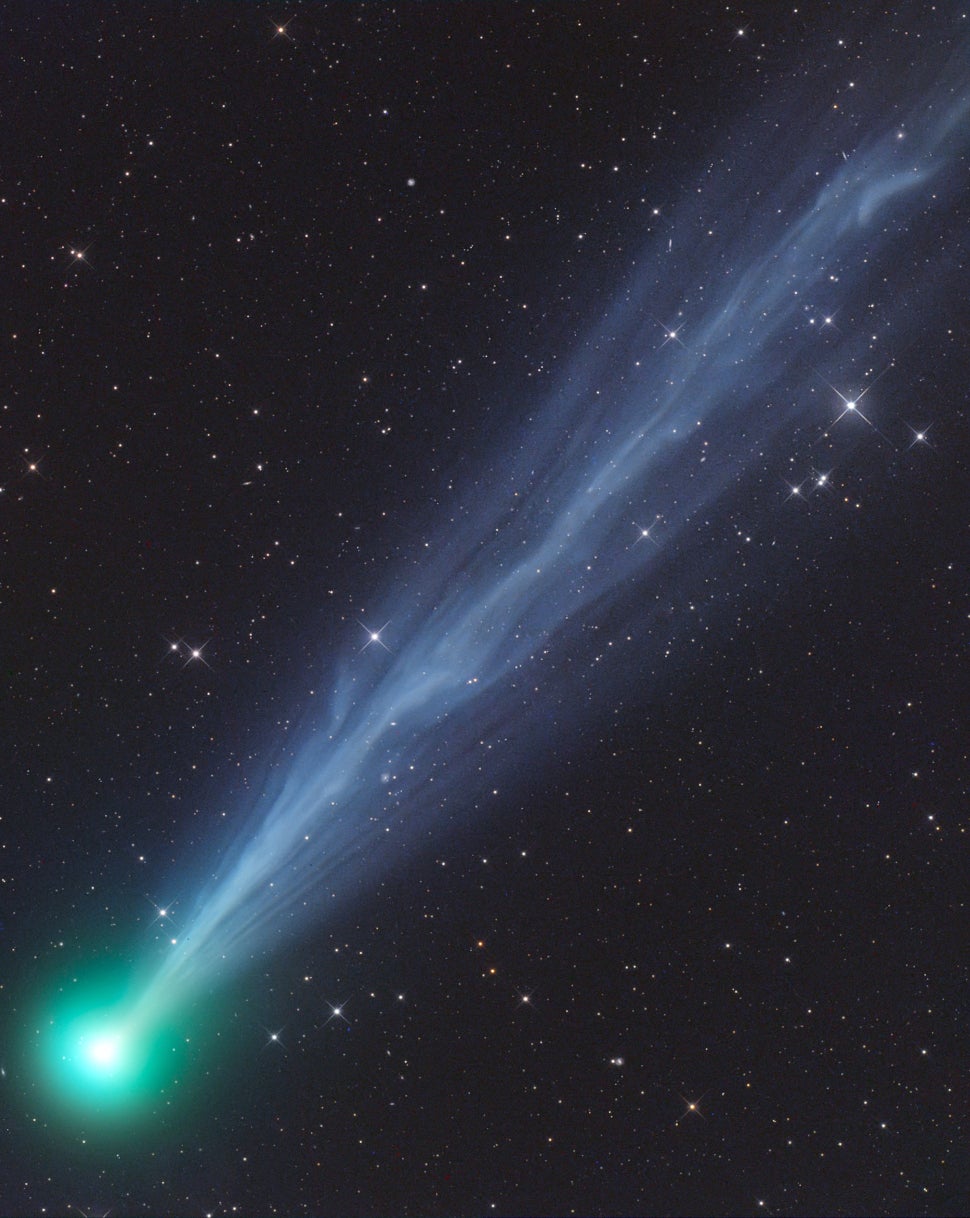
An exquisitely detailed view of Comet 2020F8 SWAN, which was visible in both the north and south hemispheres during the course of 2020. The comet eventually disintegrated.
A Daytime Transit
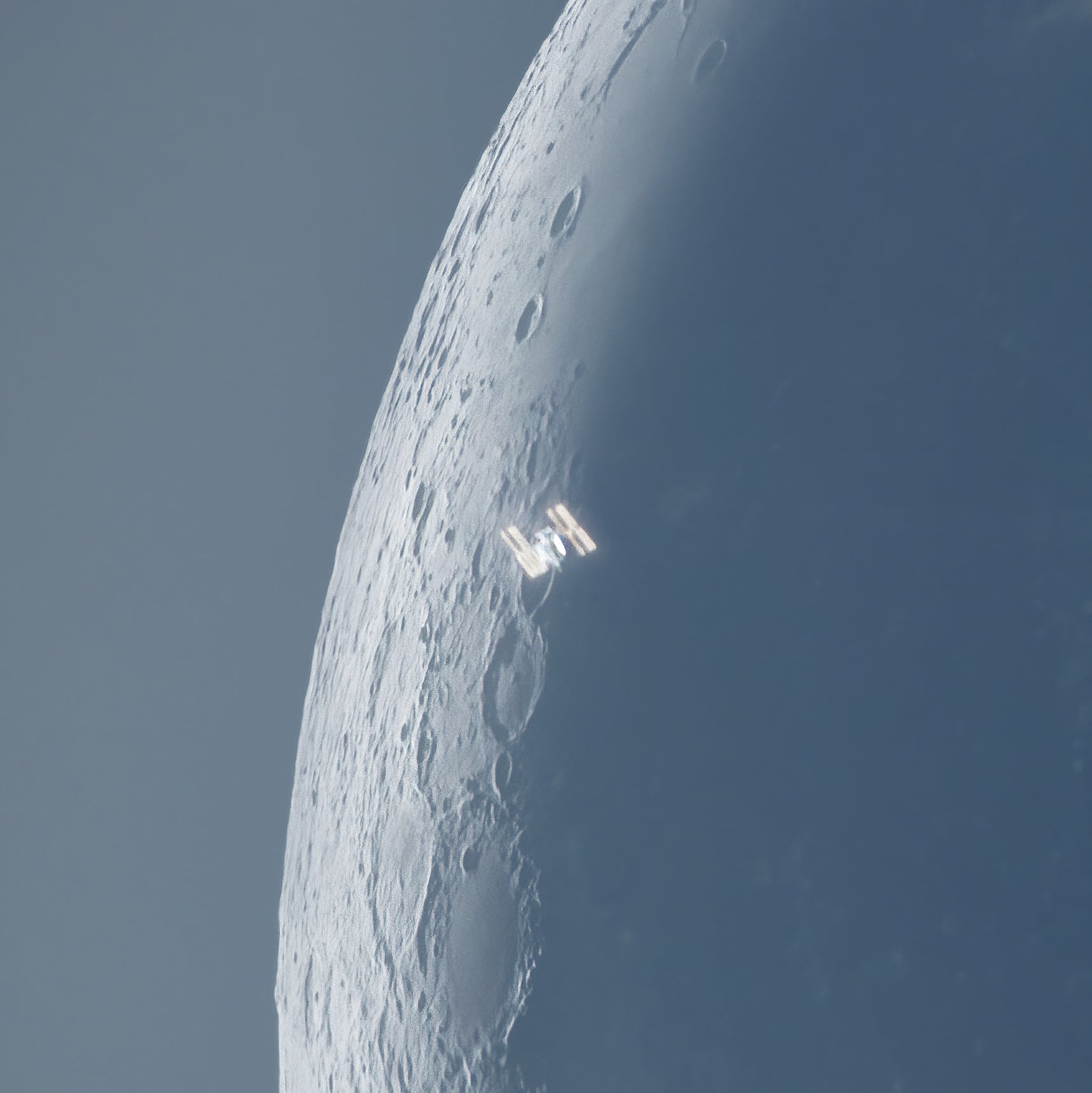
A unique view of the International Space Station, shown transiting the Moon on October 14, 2020.
The Soul of Space
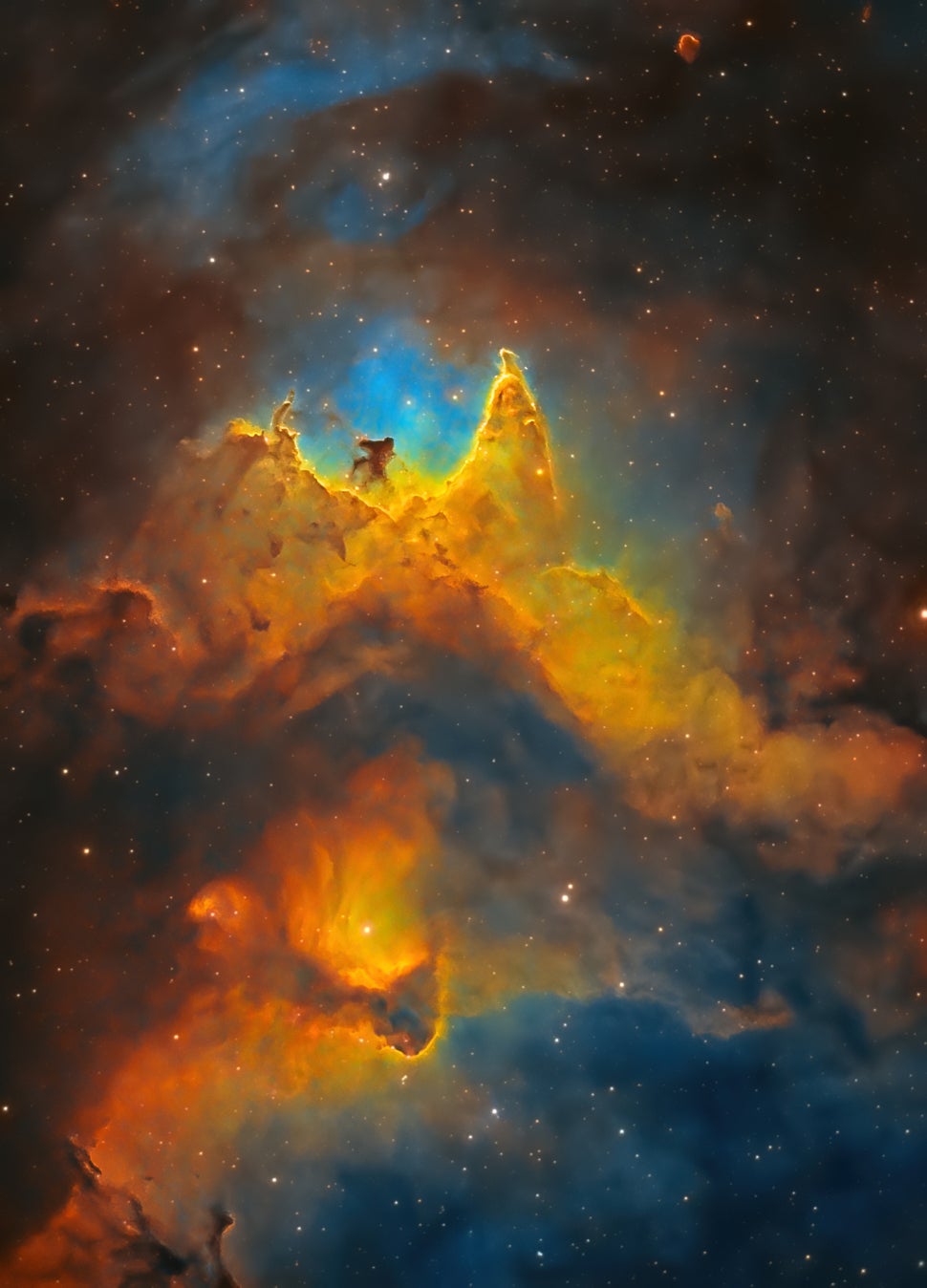
A stunning image of the Soul Nebula. Equally impressive: The photographer, Kush Chandaria, is just 13 years old.
Pleiades Sisters
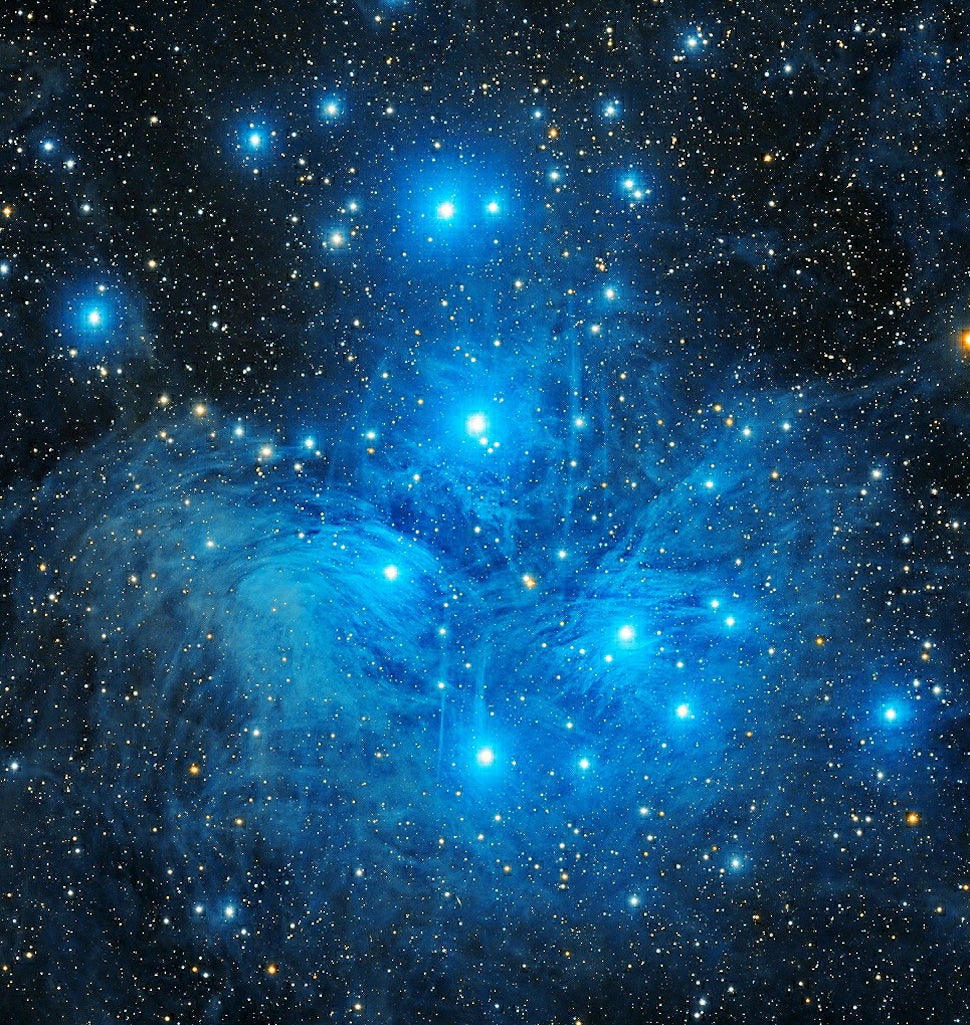
Photographer Singh Dingra, 14, captured this spectacular view of the Pleiades, also known as the Seven Sisters and Messier 45. Total exposure time was 3 hours and 2 minutes, and the chosen telescope was a Takahashi FSQ-85ED.
The Rose
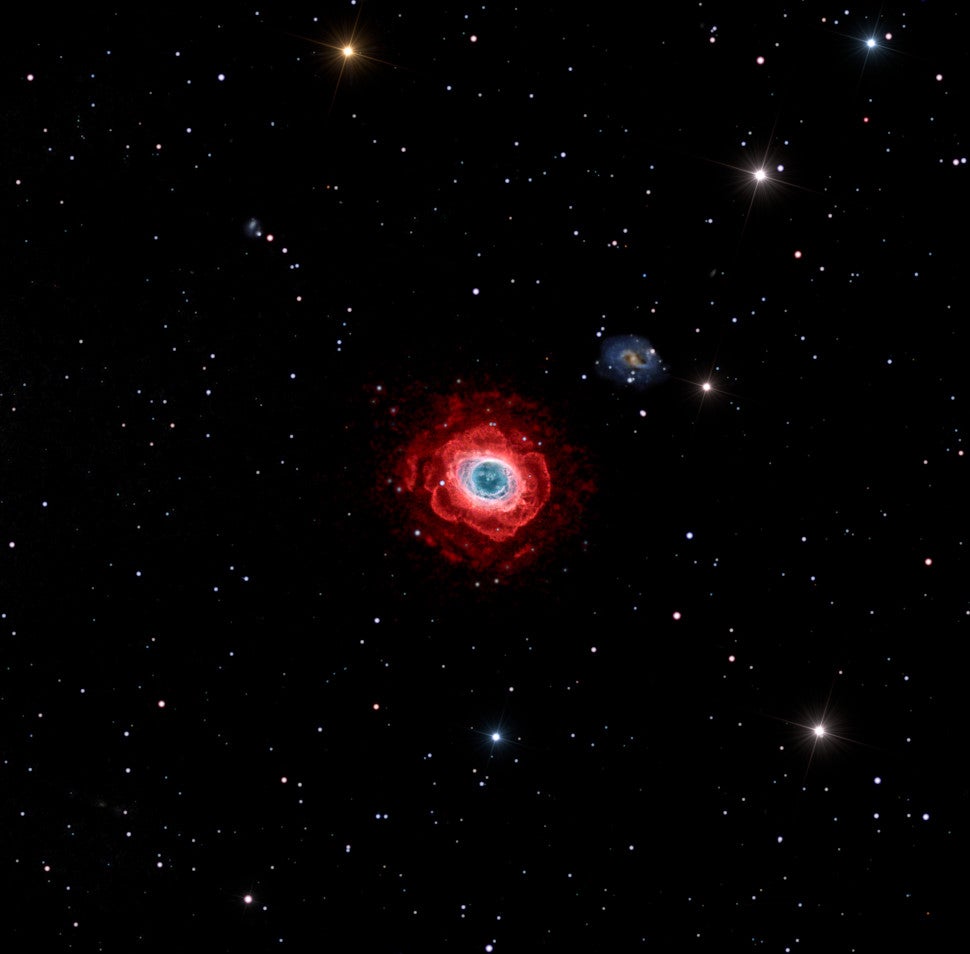
The Messier 57 nebula shown in infrared, with hydrogen visible in red, oxygen in green and blue, and nitrogen in deep red. A camera mounted to a Planewave CDK24 telescope made this image possible.
The Full Moon in Moscow

The full Moon rises behind a Moscow apartment, as seen on July 3, 2020.
NGC 6188 SHOrgb by Cielaustral Team

The NGC 6188 nebula comes alive, in this stunning image captured by the Cielaustral Team. Total exposure time for the mosaic image was 253 hours, and it was taken by a camera mounted to a custom-built 20-inch telescope.
The Tumult of the Sun

Hassan Hatami chose this image of the Sun from thousands of images in the Solar Dynamics Observatory collection. Adjusting the brightness of the three different wavelengths proved to be a formidable challenge.
